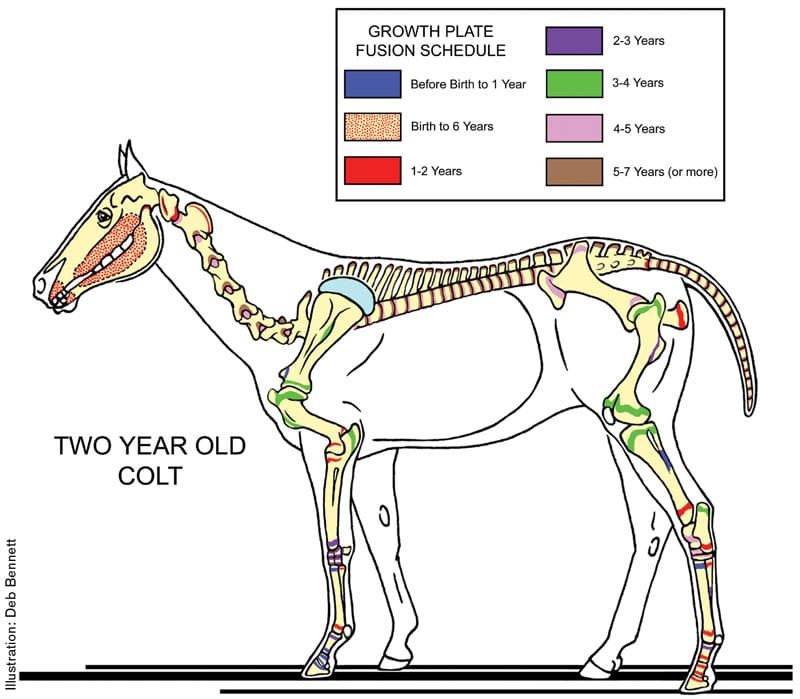American Farriers Journal
American Farriers Journal is the “hands-on” magazine for professional farriers, equine veterinarians and horse care product and service buyers.

The periosteum, thin but tough connective tissue that enwraps all true bones, was the focus of the third installment of this series, “Equine Reciprocating Systems: Connecting Tendon to Bone.” Knowledge of the periosteum creates a good starting point for learning the structure of joints. Reciprocation — the coordinated opening and closing of joints within a limb — would be impossible unless individual bones met each other in a way that is both precisely engineered and smoothly functional.
If you read the third installment in this series, “Connecting Tendon to Bone,” you know that the periosteum tends to become modified: double-walled flaps called intermuscular septa develop from it, the dorso-scapular “ligament” develops from it and the sensitive laminae of the coffin bone are nothing more than another specialized development of periosteum. Now we are about to examine yet another modification — the joint capsule. Before discussing that, a review of bone development in the horse is in order.

Diagrammatic bone representative of a…